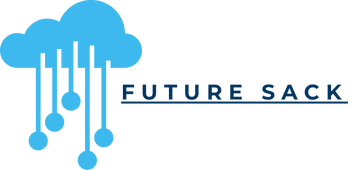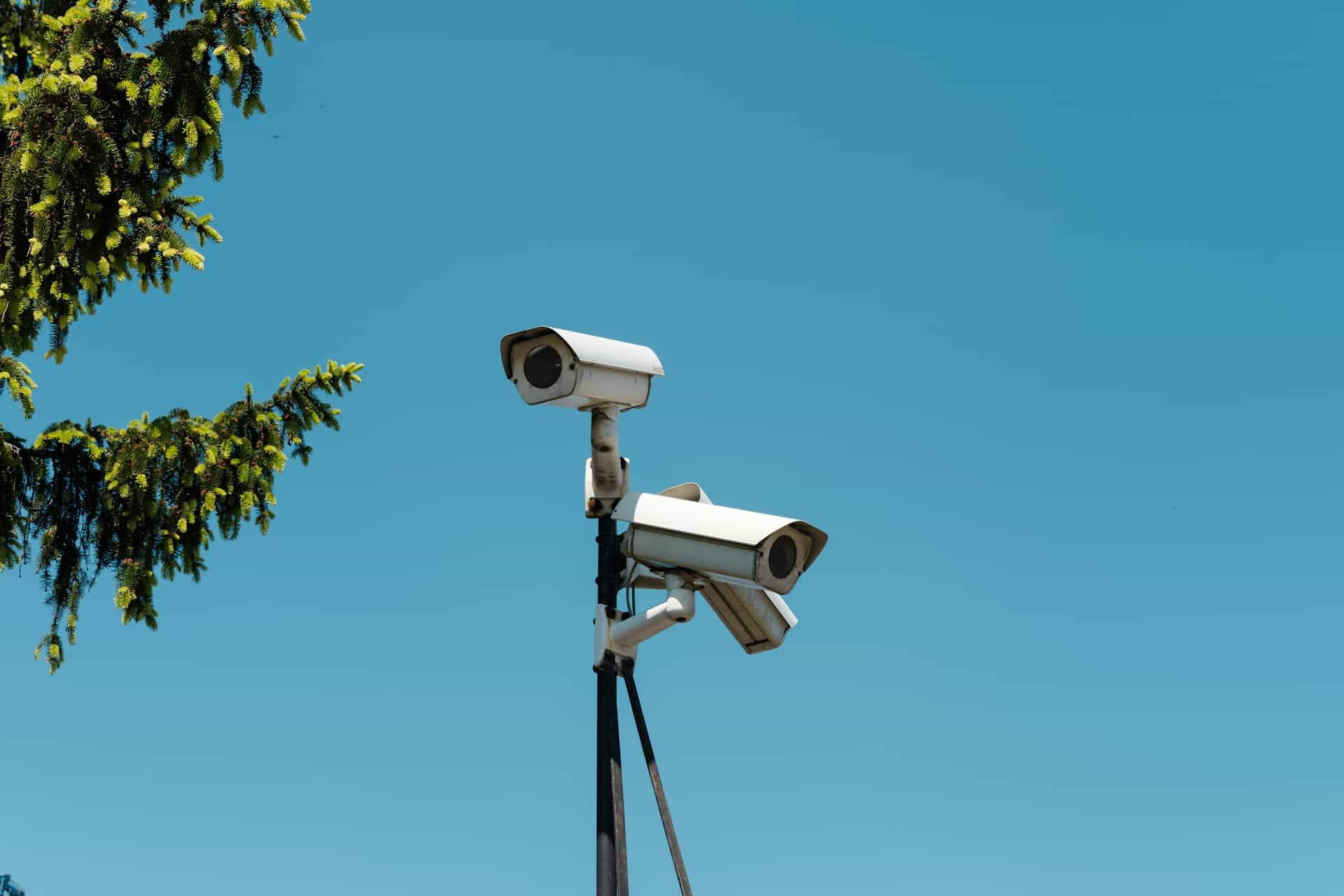In the modern landscape of cybersecurity, the need to safeguard organizational assets against potential threats is more critical than ever. As we navigate the complexities of digital transformation, the urgency for a robust and continuous monitoring system to detect security vulnerabilities cannot be understated. This article unfolds the essentials of establishing a resilient monitoring system that fortifies your security posture, ensuring your organization stays one step ahead of emerging threats.
The Essence of Continuous Monitoring
Continuous monitoring is a sophisticated process that involves the real-time collection, analysis, and reporting of data to detect and counteract security vulnerabilities within your systems. In today’s fast-paced digital era, this approach is indispensable for maintaining the integrity, availability, and confidentiality of your organization’s data. Unlike traditional security measures that operate on a periodic basis, continuous monitoring ensures that every aspect of your network and systems is under constant surveillance.
A voir aussi : How do you implement AI-driven chatbots to enhance customer service experiences?
By implementing continuous monitoring, your organization can quickly identify and mitigate potential threats, reducing the exposure time of vulnerabilities and enhancing overall data security. This proactive approach is crucial for maintaining compliance with industry regulations and standards, helping you avoid hefty fines and reputational damage.
Key Components of a Continuous Monitoring System
To set up an effective continuous monitoring system, it’s essential to understand its core components and how they interact. These components collectively ensure that your security monitoring processes are seamless and efficient.
A voir aussi : Enhance your business insights with call tracking solutions
Monitoring Tools
The backbone of any continuous monitoring system is a suite of monitoring tools designed to capture and analyze data from various sources. These tools range from network monitoring solutions that track traffic and detect anomalies to endpoint security tools that safeguard individual devices. Selecting the right mix of automated tools tailored to your organization’s specific needs is paramount.
Security Controls
Security controls are the policies, procedures, and mechanisms put in place to protect your systems from threats. These controls include access management, encryption, and firewalls, among others. Integrating these controls into your continuous monitoring framework ensures that potential vulnerabilities are swiftly identified and addressed.
Vulnerability Management
Effective vulnerability management is crucial for identifying, assessing, and mitigating security weaknesses. This involves regular vulnerability scanning and patch management to keep your systems updated and secure. By continuously monitoring for new vulnerabilities, you can prioritize and remediate them before they can be exploited.
Data Protection
Data protection is at the heart of any security strategy. Continuous monitoring systems must ensure that sensitive data is encrypted, access is restricted to authorized personnel, and data integrity is maintained. Implementing stringent data protection measures minimizes the risk of data breaches and ensures compliance with data privacy regulations.
Network Monitoring
Network monitoring is a critical component of continuous monitoring, as it provides visibility into the traffic and activities within your network. By analyzing network data in real-time, you can detect unusual patterns and potential threats, allowing for prompt intervention and mitigation.
Best Practices for Implementing Continuous Monitoring
Setting up a continuous monitoring system requires a strategic approach that encompasses best practices to optimize security and efficiency. Here are some key practices to consider:
Automation
Leveraging automated tools is essential for achieving comprehensive and efficient security monitoring. Automated tools can perform continuous scans, correlate data from different sources, and generate real-time alerts, freeing up your security team to focus on higher-level analysis and response.
Real-Time Monitoring
Real-time monitoring ensures that you have immediate visibility into potential threats and vulnerabilities. By continuously collecting and analyzing data, you can detect and respond to incidents as they occur, minimizing the window of opportunity for attackers.
Risk Management
Integrating risk management into your continuous monitoring strategy helps prioritize threats based on their potential impact. By assessing and categorizing risks, you can allocate resources effectively and focus on the most critical vulnerabilities.
Third-Party Integration
Many organizations rely on third-party vendors for various services. It’s crucial to extend your continuous monitoring system to include these third-party relationships. By monitoring third-party access and activities, you can ensure that they adhere to your security policies and do not introduce additional vulnerabilities into your systems.
Regular Audits and Reviews
Conducting regular audits and reviews of your continuous monitoring system helps identify gaps and improve its effectiveness. These audits should include assessments of your monitoring tools, security controls, and overall security posture.
Overcoming Challenges in Continuous Monitoring
While continuous monitoring offers numerous benefits, it also presents certain challenges that organizations need to address to ensure its success.
Data Overload
The sheer volume of data generated by continuous monitoring can be overwhelming. Implementing robust data management processes and leveraging advanced analytics tools can help filter and prioritize relevant information, ensuring that your security team can focus on actionable insights.
Integration with Existing Systems
Integrating continuous monitoring tools with your existing systems and infrastructure can be complex. Ensuring compatibility and seamless integration requires careful planning and the selection of monitoring solutions that can work harmoniously with your current environment.
Skill Gaps
Effective continuous monitoring requires skilled personnel who can interpret data, identify threats, and respond promptly. Investing in training and development for your security team is crucial for bridging any skill gaps and ensuring that they are equipped to handle the demands of continuous monitoring.
Budget Constraints
Continuous monitoring systems can be resource-intensive, both in terms of time and financial investment. Balancing the need for comprehensive security with budget constraints requires strategic planning and prioritization of critical areas.
Enhancing Security Posture with Continuous Monitoring
A robust continuous monitoring system significantly enhances your organization’s overall security posture. By continuously evaluating and improving your security controls, you can maintain a proactive stance against potential threats and minimize the risk of data breaches.
Continuous Improvement
One of the key advantages of continuous monitoring is the ability to continuously improve your security processes. By regularly analyzing data and reviewing incidents, you can identify trends and areas for improvement, ensuring that your security measures evolve to meet new challenges.
Threat Intelligence
Incorporating threat intelligence into your continuous monitoring strategy provides valuable insights into emerging threats and attack vectors. By staying informed about the latest developments in the threat landscape, you can preemptively address vulnerabilities and strengthen your defenses.
Incident Response
A well-implemented continuous monitoring system enhances your incident response capabilities. By detecting incidents in real-time and providing detailed insights into the nature and scope of threats, you can respond more effectively and mitigate the impact of security breaches.
Compliance and Reporting
Maintaining compliance with industry regulations and standards is a critical aspect of risk management. A continuous monitoring system helps ensure that your organization meets these requirements by providing real-time visibility into your security posture and generating compliance reports.
In conclusion, setting up a continuous monitoring system to detect security vulnerabilities is essential for protecting your organization’s assets and maintaining a robust security posture. By incorporating key components such as monitoring tools, security controls, vulnerability management, data protection, and network monitoring, you can create a comprehensive and effective continuous monitoring framework.
Adopting best practices such as automation, real-time monitoring, risk management, third-party integration, and regular audits further enhances the effectiveness of your monitoring system. Addressing challenges such as data overload, integration with existing systems, skill gaps, and budget constraints is crucial for successful implementation.
By embracing continuous monitoring, you position your organization to proactively detect and mitigate security threats, ensuring the integrity and confidentiality of your data. As the threat landscape continues to evolve, a robust continuous monitoring system is your best defense against emerging vulnerabilities and potential attacks. Stay vigilant, stay informed, and fortify your defenses with continuous monitoring.











